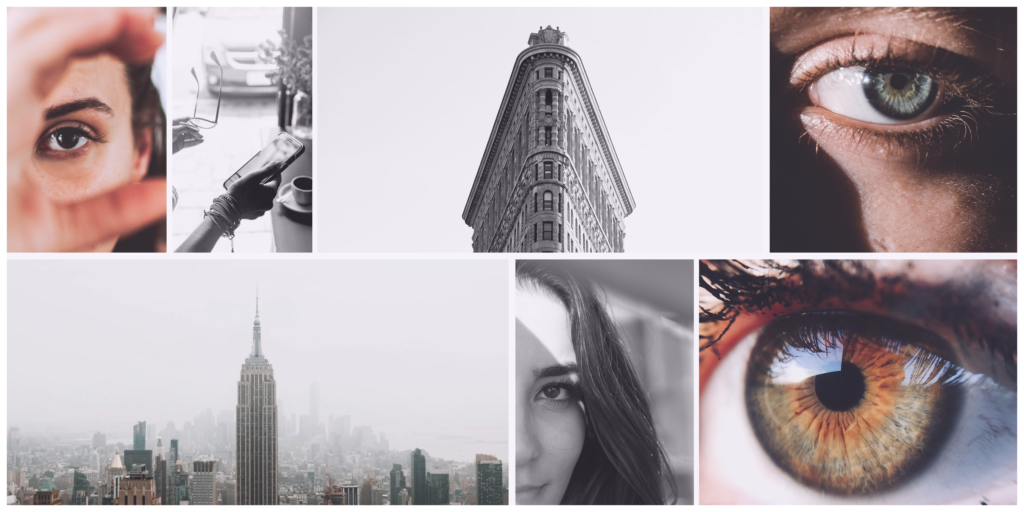Home » Different Lasik Patients: What to Know by Age Groups & Existing Conditions
Different Lasik Patients: What to Know by Age Groups & Existing Conditions
I frequently get asked questions about LASIK, or Laser Assisted In Situ Keratomileusis, by patients who want to know specifics based on their specific conditions. Below, I will address risks and benefits of the LASIK procedure as reported by the food and drug administration, based on different co-existing conditions of patients

The "Average" LASIK Patient
While the average age of LASIK patients in the US is 20s the LASIK procedure is safe in the long term for patients as young as 20 years, and if the prescription has been stable for at least a year. The Food and Drug Administration (FDA) approved the laser vision correction, including LASIK in 1995 for patients ages 18 up. The risk and benefits in this group mirrors that of older groups. Dry eyes and glare are lower in younger patients. It is important to remember to seek continuous eye care from your eye surgeon even after the LASIK procedure. Yearly dilated exams are important to check for glaucoma, and specifically retinal tears, holes, and detachments, particularly because the group of patients getting LASIK eye surgery is usually near sighted or myopic and wears glasses or contact lenses for nearsightedness. They are nearsighted because their eyeball is too long which means the retina is stretched out over a larger surface area, and their risk of retinal tears, holes and detachments is higher than the average population
LASIK for Older Patients
In patients who are presbyopic, or those who need reading correction in addition to distance correction, usually those over 45 years old, refractive surgery or LASIK is can be performed in several ways. One, the LASIK procedure can provide distance 20/20 vision, and the LASIK patient will get rid of their distance glasses or contact lenses. They will still need reading or computer glasses. The other option is to perform laser assisted in situ keratomileusis for monovision. In monovision, the corneal tissue in the dominant eye is corrected for distance vision and the nondominant eye is corrected for near or intermediate (mini-monovision). The two eyes work together and the patient does not need glasses for distance or near. Not everyone can tolerate monovision, so a contact lens trial is always done in the office and at home. If an older patient has other medical conditions that are decreasing vision, such as a cataract or macular degeneration, eye are for those issues need to be undertaken by the eye surgeon and LASIK is contraindicated.
LASIK for Diabetic Patients
Diabetic patient satisfaction after laser vision correction is very high. LASIK is contraindicated in patients with uncontrolled diabetes, but in diabetic patients whose HbA1C is under control, the lasik procedure is very successful in producing 20/20 vision. The main issue to remember is that healing time in the immediate period after the procedure may take longer than normal, but in the long term, the outcome is the same as non diabetic LASIK patients. The healing time is longer because the laser reshapes the cornea, and the corneal tissue heals at a slower rate in LASIK patients, just like it heals slower in tissue in the rest of the body. The risk of patient reported and measured Dry eyes and glare is about the same in diabetic patients after the LASIK procedure as it is in nondiabetic patients. Talk to your eye surgeon about side effects and if LASIK eye surgery is a safe option.
LASIK for Glaucoma Patients
Diabetic patient satisfaction after laser vision correction is very high. LASIK is contraindicated in patients with uncontrolled diabetes, but in diabetic patients whose HbA1C is under control, the lasik procedure is very successful in producing 20/20 vision. The main issue to remember is that healing time in the immediate period after the procedure may take longer than normal, but in the long term, the outcome is the same as non diabetic LASIK patients. The healing time is longer because the laser reshapes the cornea, and the corneal tissue heals at a slower rate in LASIK patients, just like it heals slower in tissue in the rest of the body. The risk of patient reported and measured Dry eyes and glare is about the same in diabetic patients after the LASIK procedure as it is in nondiabetic patients. Talk to your eye surgeon about side effects and if LASIK eye surgery is a safe option.
LASIK for Keratoconus Patients
Diabetic patient satisfaction after laser vision correction is very high. LASIK is contraindicated in patients with uncontrolled diabetes, but in diabetic patients whose HbA1C is under control, the LASIK procedure is very successful in producing 20/20 vision. The main issue to remember is that healing time in the immediate period after the procedure may take longer than normal, but in the long term, the outcome is the same as non diabetic LASIK patients. The healing time is longer because the laser reshapes the cornea, and the corneal tissue heals at a slower rate in LASIK patients, just like it heals slower in tissue in the rest of the body. The risk of patient reported and measured Dry eyes and glare is about the same in diabetic patients after the LASIK procedure as it is in non-diabetic patients. Talk to your eye surgeon about side effects and if LASIK eye surgery is a safe option.





